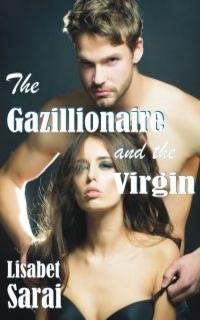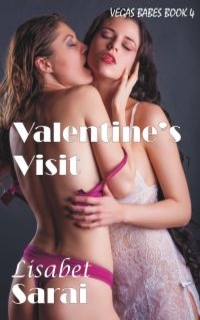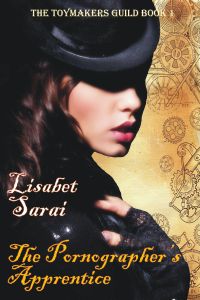Does size matter? It’s a question which has stumped philosophers, philanderers, and horn-balls for centuries. Historically, there’s been very little middle ground involved in the debate. People tend to break down into one of two camps. Those who say it doesn’t matter at all, and those who stridently shout that it matters a whole bunch, while pointedly shaking their heads at those in the first camp.
Even the very question itself is brimming with anxiety (at least, for men) because along with the question comes the implication that we’re afraid we won’t measure up. Personally, I have never known a man who hasn’t broken out a ruler at some point in his life. But while this may be one man’s opinion (and it totally is), one thing I’ve learned after years of listening to both camps, is that the real answer to this age old question lies somewhere in the middle.
Does size really matter? Answer: It depends on the person.
It may seem odd to consider this, but one of the greatest determining factor which often gets overlooked when it comes to the measure of a man, is the measure of a woman. Because just as every man’s endowment is as unique as his fingerprints, so too is a woman’s.
Some women (and it should go without saying that I am speaking of straight women here, but there is always someone who thinks lesbians are nothing but cold fish who never had their ashes hauled properly) would absolutely love to have a man with a shlong like a Pringles can. Others would run a mile rather than go near him because it would hurt too much.
Unfortunately for many of us, this debate has long been one-sided because our culture is obsessed with size. It influences everything from the cars we drive to the drinks we order, to how we feel when we look in the mirror. It is an obsession which is especially entrenched in porn, which does absolutely nothing to resolve the matter.
Now, please don’t get me wrong, I have nothing against porn. Porn is fantasy, pure and simple, and one of the most prominent fantasies is the idea that all a well-endowed man needs to do is drop his pants to make every woman within drooling distance say, “Oh, I must touch it.”
But it is the prevalence of this fantasy, and our own inability to distinguish it from reality, which drives so many men to send unsolicited dick pics, getting them into far more trouble than they are capable of dealing with.
We rarely, if ever, discuss penis size when it comes to body image, but the fact remains that having an unhealthy image of ourselves is detrimental to our way of life. There is no cream, device or (God help me) One Weird Trick pop-up ad which can permanently adjust the human anatomy. Whether we like it or not, our body is our body, and there is only so much we can do with it.
So if there is one lesson we can take away from all of this, it is that we need to be focusing less on size and more on skill, because just as there is only a small percentage of women who are capable of climaxing from vaginal sex alone (25%), I’d imagine that there is an equally small number of women who would be happy if you did absolutely nothing but lie there like a fleshy bump on a log.
Performance is a real thing. Just because a man may happen to have a large package, it does not in any way, shape, or form guarantee that he will be good in bed. Even those who have a natural talent for something, still need lessons to become great at it, and true masters never stop learning. Sex is like any physical activity you do for the first time. You will not be phenomenal at it, and any man who says he was, is either lying, or left the woman to do the lion’s share of the work.
The debate around size, for all its shouting and blushing, fears and body dysmorphia, teaches us to think more about “the box,” rather than outside of it. It tells us to apply our fingers, our tongues, and the myriad toys available on the market. Because the truth is, if you are attentive, if you care about her pleasure, and if you are willing to be taught, then odds are good that most women will be perfectly happy with whatever size you are. And if what you have is enough for her, then brother, it should be more than enough for you too.






















